The views expressed in our content reflect individual perspectives and do not represent the authoritative views of the Baha'i Faith.
Amos, the first of the classical Hebrew prophets, was a shepherd and a dresser of sycamore trees in Tekoa, a small village in Judah about seven miles south of Jerusalem, when the divine call came to him.
“The words of Amos, one of the shepherds of Tekoa—the vision he saw concerning Israel two years before the earthquake, when Uzziah [c. 786–746] was king of Judah and Jeroboam [c. 783–735] son of Jehoash was king of Israel.” – Amos 1:1.
We know the date of Amos’s prophetic vision fairly accurately, because geologists estimate that this major earthquake, with its epicenter in Syria, struck Israel and Judah sometime between 760 and 750 BCE at a magnitude of 7.8 to 8.2 on the Richter scale.
The call took him from his flock: “But the Lord took me from tending the flock and said to me, ‘Go, prophesy to my people Israel’” – Amos 7:15.
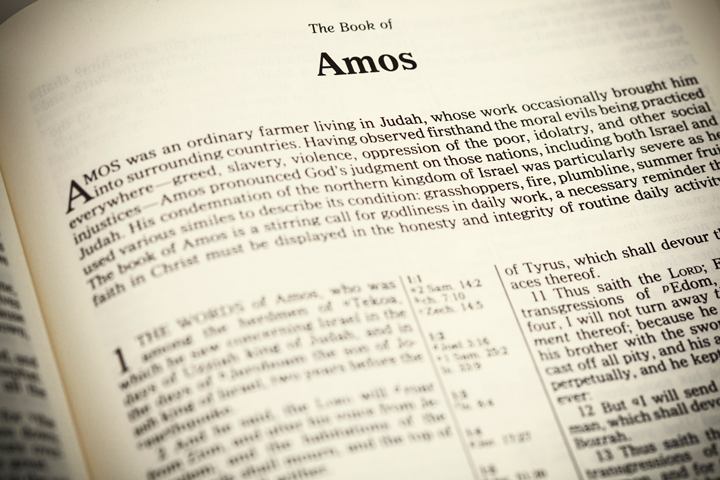
Amos was sent from the kingdom of Judah in the south to the kingdom of Israel in the north, specifically to Bethel and the capital city of Samaria. He described the prophetic dynamic within him:
“Surely the Sovereign Lord does nothing
without revealing his plan
to his servants the prophets.
The lion has roared—
who will not fear?
The Sovereign Lord has spoken—
who can but prophesy?” – Amos 3:7‒8.
The Symbology of Carmel
The first recorded words from the book of Amos were, “He said: ‘The Lord roars from Zion and thunders from Jerusalem; the pastures of the shepherds dry up, and the top of Carmel withers’” – 1:2. Zion was a hill south of Mount Moriah (today the Temple Mount) where a Jebusite fortress of the same name was conquered by David and renamed the City of David. Baha’u’llah, the prophet and founder of the Baha’i Faith, referenced this verse from Amos when he explained the significance of Mt. Carmel:
Amos saith: “The Lord will roar from Zion, and utter His Voice from Jerusalem; and the habitations of the shepherds shall mourn, and the top of Carmel shall wither.” Carmel, in the Book of God, hath been designated as the Hill of God, and His Vineyard. It is here that, by the grace of the Lord of Revelation, the Tabernacle of Glory hath been raised. Happy are they that attain thereunto; happy they that set their faces towards it. And likewise He saith: “Our God will come, and He will not be silent.”
In this way, Baha’u’llah clarified that Amos was referring to his coming. The biblical meaning of the tabernacle was the portable tent in which it was believed that God resided with the stone tablets of the Ten Commandments.
Shoghi Effendi, the Guardian of the Baha’i Faith, wrote in his book God Passes By that Baha’u’llah visited Mount Carmel four times and that the tent raised there for his stays was called the Tabernacle of Glory.
In that same year [1890] Baha’u’llah’s tent, the “Tabernacle of Glory,” was raised on Mt. Carmel, “the Hill of God and His Vineyard,” the home of Elijah, extolled by Isaiah as the “mountain of the Lord,” to which “all nations shall flow.” Four times [Baha’u’llah] visited Haifa, His last visit being no less than three months long. In the course of one of these visits, when His tent was pitched in the vicinity of the Carmelite Monastery, He, the “Lord of the Vineyard,” revealed the Tablet of Carmel, remarkable for its allusions and prophecies.
Baha’u’llah also wrote of Zion:
The time foreordained unto the peoples and kindreds of the earth is now come. The promises of God, as recorded in the holy Scriptures, have all been fulfilled. Out of Zion hath gone forth the Law of God, and Jerusalem, and the hills and land thereof, are filled with the glory of His Revelation. Happy is the man that pondereth in his heart that which hath been revealed in the Books of God, the Help in Peril, the Self-Subsisting.
Just one verse from Amos offers such a rich tableau for exploration and contemplation!


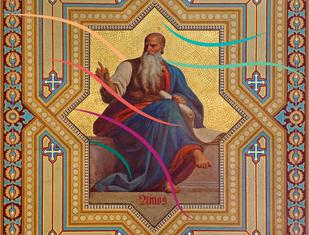


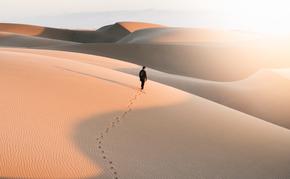


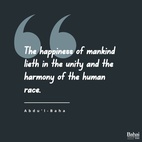
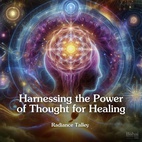

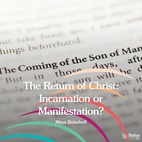



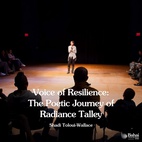

Comments
Sign in or create an account
Continue with Facebookor